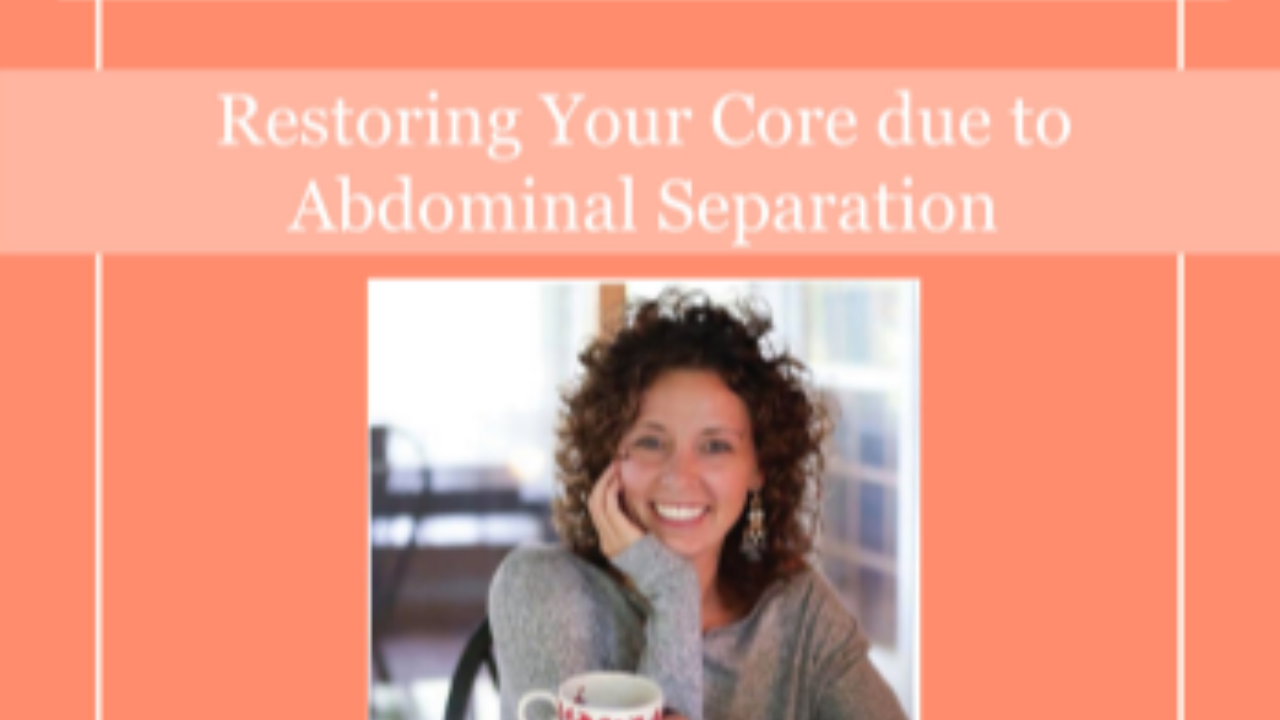FemPower Health Feature: Restoring Your Core from Diastasis Rectus

I was honored to be a guest on the FemPower Health Podcast. Georgie Kovacs is an amazing host, and her passion for women’s health seeps through the airwaves. She interviews experts worldwide on various topics, including hormones, sex, mental health, period issues, birth control, the menstrual cycle, fertility, and pleasure (just to name a few).
I was privileged to discuss Diastasis Rectus Abdominus (DRA) during our time together. DRA refers to an abnormal separation between the left and right rectus abdominus muscles and includes a laxity of the connective tissue (linea alba) found there. Current research refers less and less to the size of the space and more often focuses on the tension that is created in the connective tissue during activities.
There’s a misconception that this only happens with pregnant people, but at its heart, it is an issue with the management of intra-abdominal pressure and is often the result of excessive, repetitive forward pressure on the connective tissues of the abdominal wall. That means just about anyone can have an abdominal separation.
How will you know you have this condition? Some of the signs can be quite obvious like a doming or “tenting” between the rectus abdominus muscles observed when transitioning from laying down to sitting up or doing a standing back extension. Other signs are a little more subtle such as feeling a separation between those muscles when palpating yourself (or when a baby bounces on your belly, which many postpartum women report). And many times, it goes undetected, but several co-morbidities may be present, like lower back pain and pelvic organ prolapse. While there are steps you can take in the first 6-8 weeks postpartum that can really help you heal from DRA, it is, fortunately, a condition that you can address at any age, whether you’re two months postpartum or 20 years postpartum.
What I love most about Georgie’s podcast is that she really wants women to find the help they deserve and ask the questions they need to ask to advocate for themselves. She also asks guests for practical tips that busy women can put into practice immediately. You know she is passionate about her podcast and her mission when she asks questions like, “What is your greatest hope for Women’s Health?” In my opinion, I challenge women to identify the difference between common and normal situations. Media tells us that having an abdominal separation after giving birth is just “part of the deal.” I disagree. Our bodies were not designed to fail us, and many of the issues we experience are fitness issues that deserve a fitness solution.
To learn more about Diastasis Rectus Abdominus and what you can do to address it, listen to the full podcast on FemPower Health's Website, Apple Podcast, Spotify, Google Podcasts, or Stitcher.

